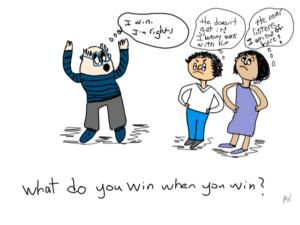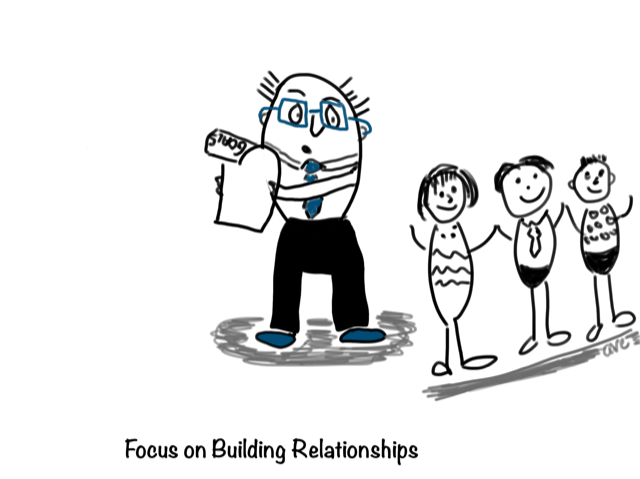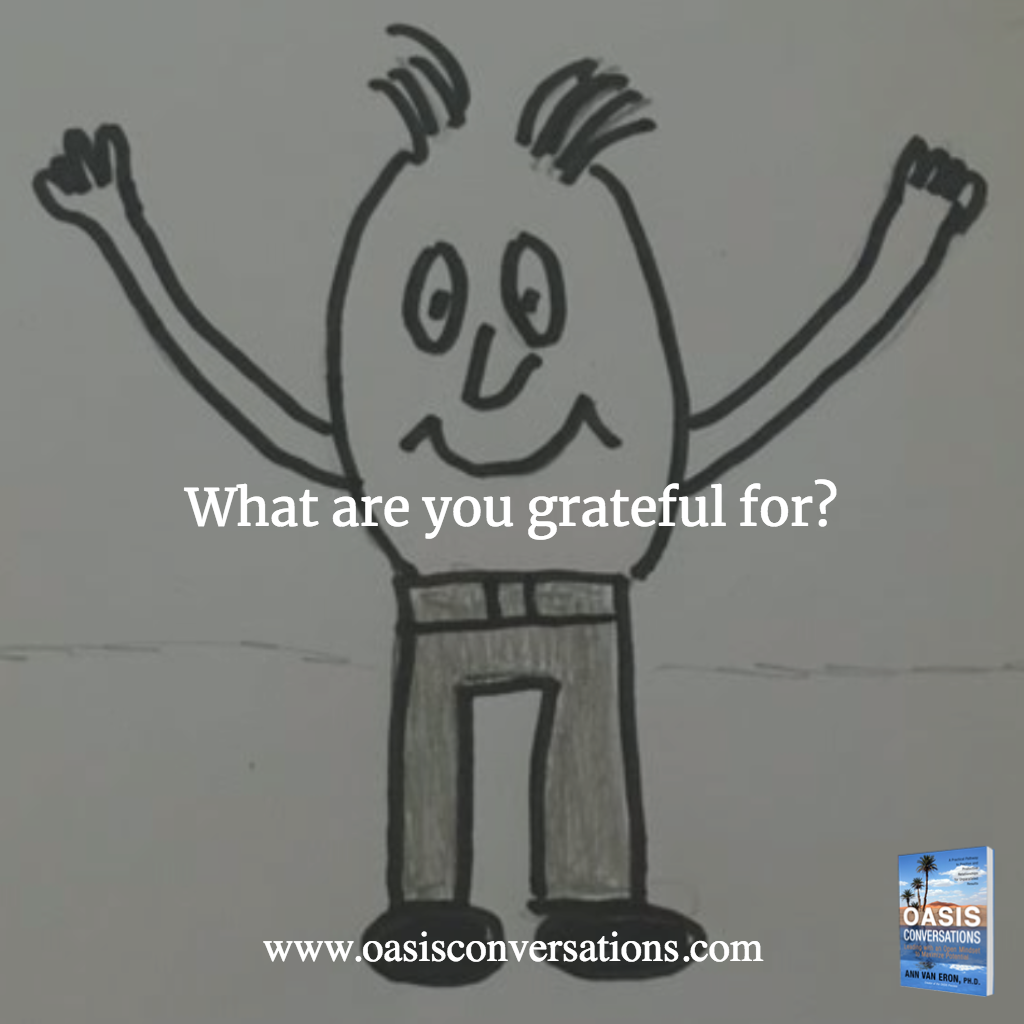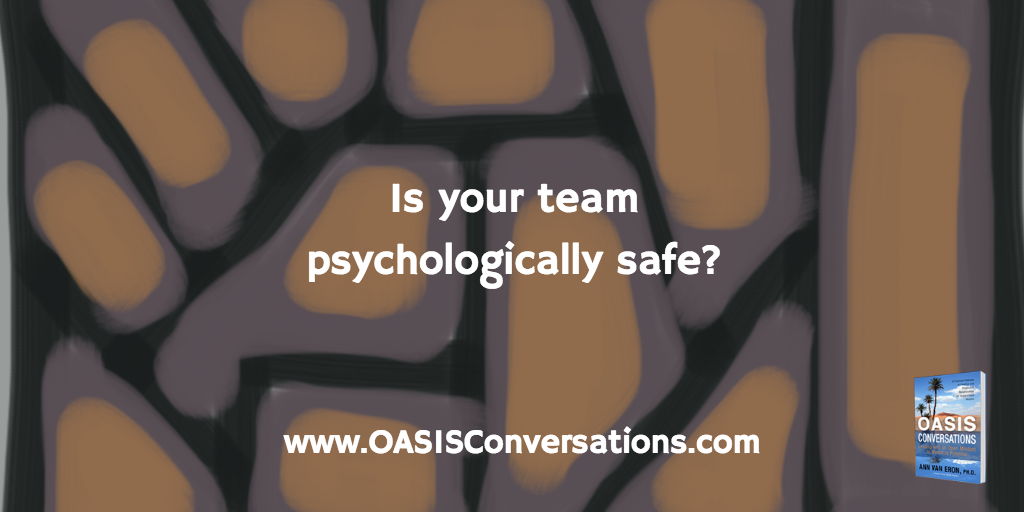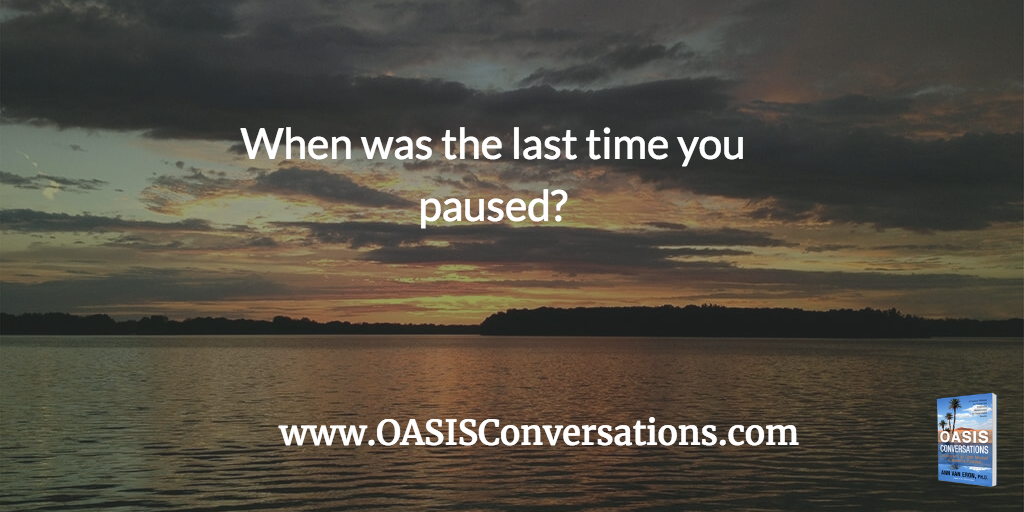
“You can’t cross the sea merely by standing and staring at the water.”—Rabindranath Tagore
“I am not looking forward to the team dialogue session. Some people in this organization are sharks; they only care about themselves and are biased.” “I just want to do my job and keep my head down.” This was the sentiment of some of the participants I spoke with before facilitating a retreat with a team focused on building connection and aligning the team to achieve a shared vision. Some felt like they were alone in dangerous waters rather than engaged in vibrant waters.
At the team retreat, a long-time employee shared the pain she experienced when she was not able to answer client questions because she had not been made aware of developments. People were shocked since they assumed she did not need to know given her position and quite frankly thought she did not care. Her abruptness was a reaction to feeling not included and disrespected. Some realized that they had made assumptions about her and had isolated her. Others shared what they needed to feel respected and most realized they were making assumptions about one another and not having meaningful conversations. The negative emotional environment had limited people in appreciating the exciting vision they shared and the synergy that was possible. By assuming positive intent and engaging in a productive conversation, the tone began to change for this team. A long-time foe even asked the person to lunch—something that had not occurred in their long tenure together. In fact, several commented that they believed this was the first time they had a genuine conversation. Open-minded conversations can be quite powerful.
Attending to and creating a respectful climate that the team is “swimming in” and having productive conversations are two essential skills needed for success these days.
In a recent New York Times Op Ed, David Brooks argues that a warrior ethos has reduced politics to friend/enemy or zero-sum conflicts. He recounts that in the 90’s people adapted an unconscious abundance mindset where there was a climate of confidence in the future and a more welcoming environment. Today, there is a feeling of limited resources and a more win-lose mindset. People have a “stick with my tribe” mentality.
Given the political environment, we are acutely aware of polarization and we feel the tension. Often people see each other as less than human. The philosopher Martin Buber call this an “I-It” perspective rather than an “I-thou” view. Some argue that the fast pace and drive for short term results, the challenge of incorporating new technology and globalization are requiring us to be inattentive to those around us and the environments we create.
I see this kind of polarization in organizations across many areas: functions, roles, age, gender, race, people from one part of a merger or those new to the organization and those with longer tenure. These divisions and conflicts often seem insurmountable. They take people’s time and attention and suck energy out of a system.
When people don’t feel respected they often shut down and disengage, or become angry and fight either directly or act out in more subtle ways. Too much energy is wasted that could have been devoted to collaboration, innovation and results. People feel drained and often report a sense of toxicity.
It is useful to check on your environments and ask how you are contributing to creating a positive and safe oasis. A key ingredient of an effective team is psychological safety. We can each have the intention of being respectful of those around us. The challenge is that we each have different definitions of respect. It takes paying attention and an open and kind stance to ensure that others do indeed feel respected and valued.
We can make a difference in our teams and organizations and in our neighborhoods by committing to connecting with others. Notice people and see them—really work to see them. Look beyond our first labels and recognize that we are all suffering and experiencing life’s challenges in some way. We often don’t see that people have challenges with their family members and kids or are maybe struggling with technical, financial or health issues. Even if we don’t know the details, we can all benefit from empathy and compassion and caring.
We are swimming in an environment and we can each work to ensure that it is a pool of respect that is lively and vibrant rather than one where people feel isolated, not valued and disconnected with sharks nearby.
With an open mindset and commitment to respect we will be positioned to have meaningful conversations. I am fortunate to witness the transformation in teams, organizations and families when we create an environment of respect and engage in productive conversations.
Make it a practice of paying attention to the atmosphere in your team, organization, family and community. Do you feel respected, included and engaged? How do others feel? What can you do to create a positive environment? Notice the impact.
Contact us at any time.




